The Unexpected Reasons You're Losing Your Hair
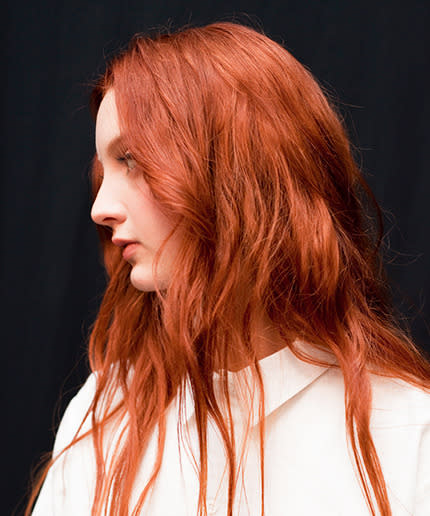
Quick: Think of some of your favorite movies and sitcoms of all time. We bet at least one starred a middle-aged man whose male-pattern baldness added to his charm. Uncle Phil from Fresh Prince, anyone? Mr. Hall ofClueless fame? But for women, hair loss is never taken lightly — or even really talked about. According to the American Hair Loss Association, however, females make up 40% of Americans who suffer from hair loss. For many, it can be quite harrowing.
Related: The BEST Way To Get Rid of Acne Scars
“Visits with female patients suffering from hair loss can be challenging,” says Yolanda M. Lenzy, MD, MPH, dermatologist and owner of Massachusetts-based Lenzy Dermatology & Hair Loss Center. “It’s traumatic for a woman to lose her hair, so patients are often very emotional.” So, know that if you are losing your hair at any age (it can happen in your 20s), you’re not alone.
Related: This Is What Female-Directed Porn Looks Like
The most common form is androgenetic alopecia (a frequent cause of hair loss in men and women), which affects an estimated 30 million women in the U.S. It’s typically hereditary or a response to an underlying medical condition, pregnancy, or menopause. But there are less obvious culprits and a host of other types of hair loss that could potentially be affecting you.
Not to worry: Ahead, we consulted with top hair-loss specialists across the country — and in Europe — to find out what’s causing hair loss in women, how to treat and prevent it, and what products to use along the way.
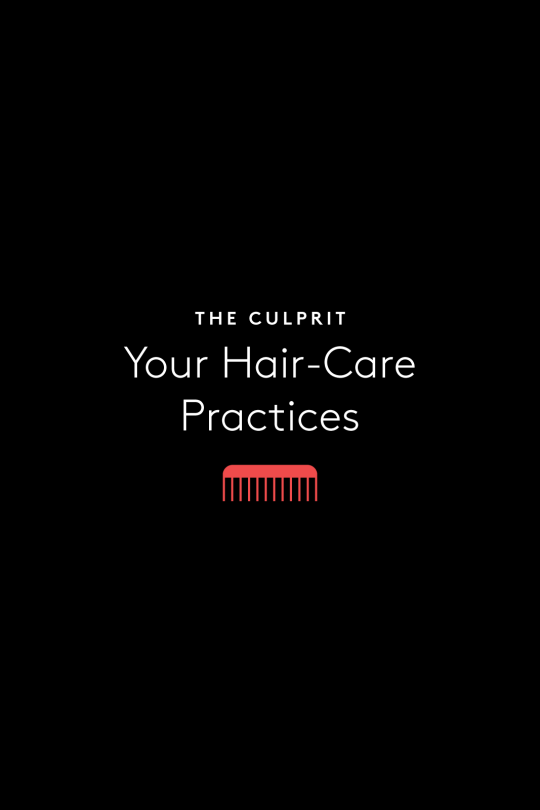
A common misconception is that hair loss is reserved for middle-aged men and elderly women. Not the case. Dr. Lenzy says that a host of hair-care practices can contribute to hair loss as early as our 20s.
Related: Luxe Lashes Are One Click Away
“Certain styles that put tension on the hair follicle, like braids, extensions, dreadlocks, and some chemical relaxers, can cause inflammation that may lead to hair loss,” says Dr. Lenzy. She adds that the condition these styles cause — known as Central Centrifugal Cicatricial Alopecia (CCCA) — is the most common form of hair loss among African-American women.
Related: Makeup You Can ACTUALLY Afford
Also, if you’ve been trying to keep up with the celeb wig trend lately, take heed — wig enthusiasts can also experience hair loss. “If a wig is too tight, there can be friction around the hairline where the wig comes in contact with the scalp, which can contribute to a form of hair loss called traction alopecia,” she says.
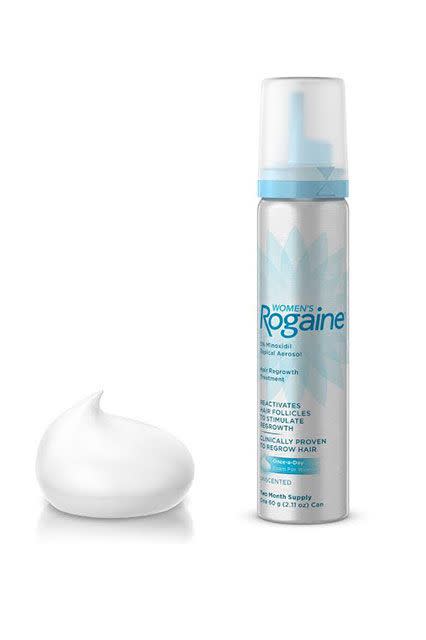
The Treatment Plan: To prevent these forms of hair loss, stick to loose, natural styles that won’t put a strain on your hair follicles. Dr. Lenzy recommends taking “braid holidays” and going for a rotational styling routine.
“You can enjoy these styles but it’s how you do it,” she says. “Ideally, rotating between a few styles is better than only wearing braids or weaves.” As for the serial wig-wearers out there, be sure to get properly fitted for your style of choice and wear a quality wig cap to decrease friction. “Some may prefer to wear wigs, because hair loss can be so severe that they can’t hide it. I recommend having a custom wig made, if possible, to ensure proper fit and to avoid traction alopecia.“
Related: What Going Paleo Did To My Body
If you’ve experienced hair loss for these reasons, it seems simple: Stick to gentler styles and your hair will be good as new, right? Unfortunately, it may not be that easy. "CCCA is a form of scarring alopecia that destroys the hair follicle,” says Dr. Lenzy. Once the scarring happens, you cannot regrow hair where it’s been lost.“
However, there are different stages of scarring alopecia, so it’s important to consult a dermatologist at the first sign of thinning to prevent it from spreading. "Patients who come in at earlier stages tend to have a really good response to treatment. If you get the inflammation under control, often, you will be able to stop the progression of hair loss."
Related: Glow International With These Asian Beauty Products
StriVectin advisory stylist Ashley Streicher also recommends going easy on your hair: "When styling thinning hair, be very delicate and stay away from round, metal brushes and super-hot tools that could harm fragile hair.”
Women’s Rogaine Hair Regrowth Treatment Foam, $47.99, available at CVS.
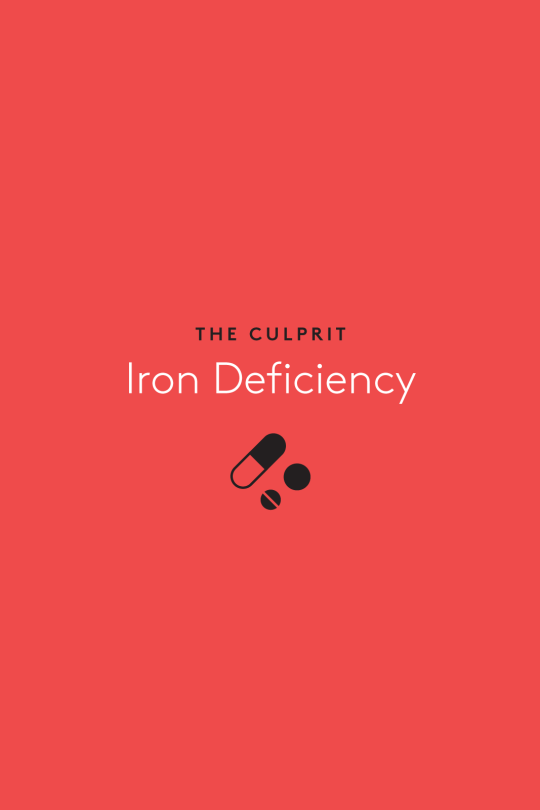
According to the National Heart, Lung, and Blood Institute (NHLBI), about one in five women of childbearing age has iron-deficiency anemia. Heavy periods, pregnancy, and diets that are low in iron can cause iron-deficiency anemia, which can, in some cases, lead to hair loss.

The Treatment Plan: “Iron deficiency can often be corrected by a diet that is high in iron-containing foods,” says assistant professor of dermatology at Harvard Medical School at Beth Israel Deaconess, Rachel V. Reynolds, MD.
Try incorporating red meat, leafy greens, and whole grain cereal into your diet to boost your iron intake. “If diet is insufficient, we recommend over-the-counter iron supplements, like iron sulfate or iron gluconate. Also, vitamin C increases the absorption of iron, so if you’re taking an iron supplement, have it with something citrusy, like a glass of orange juice.”
Nature’s Plus Chewable Iron, $12.88, available at iHerb.
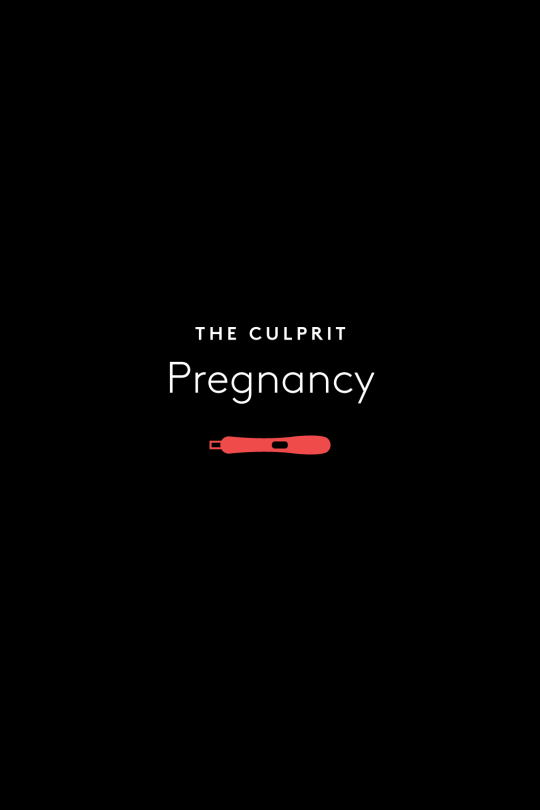
They say between ‘round-the-clock feedings and getting little sleep, being a new mom can make you tear your hair out. But no one ever explained that the last bit could be taken literally.
“Telogen effluvium is a form of hair loss that can happen after the body goes through a particularly stressful event, such as pregnancy,” says Dr. Lenzy. “You’ll often hear women say how thick and healthy their hair was during pregnancy. That’s because they didn’t shed the 100 to 300 strands of hair that we typically lose daily. Once you have the baby, you have to shed the hair that you would’ve lost during that time.”
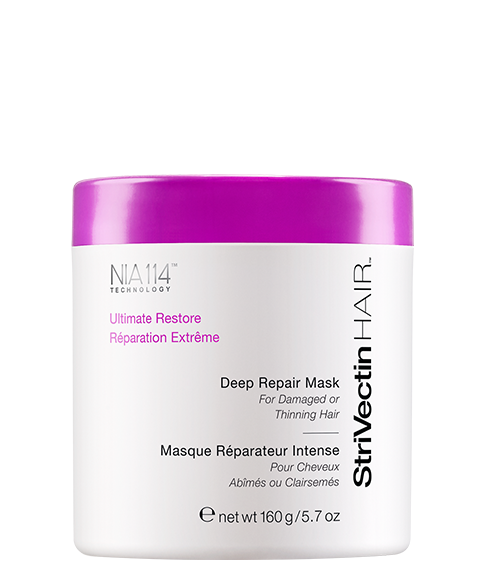
The Treatment Plan: The good news: Telogen effluvium is typically only temporary. The down side: Dr. Reynolds says it could take some time for your hair to grow back after childbirth — maybe even after your newborn’s first birthday.
“Unfortunately, the shedding could continue for up to six months [after delivery] and it may take another full year or more for the hair to grow back.” says Dr. Reynolds. “The hair will eventually return to its normal shedding cycle. After having a baby, the hair cycle shifts so more hairs come out all at once.”
In the meantime, try adding a restorative mask into your hair regimen. You deserve it!
StriVectin Ultimate Restore Deep Repair Mask, $39, at StriVectin.com.
For more hair-apy tips, visit Refinery29.
By: Lyndsay Green; Illustrations by Elliot Salazar
